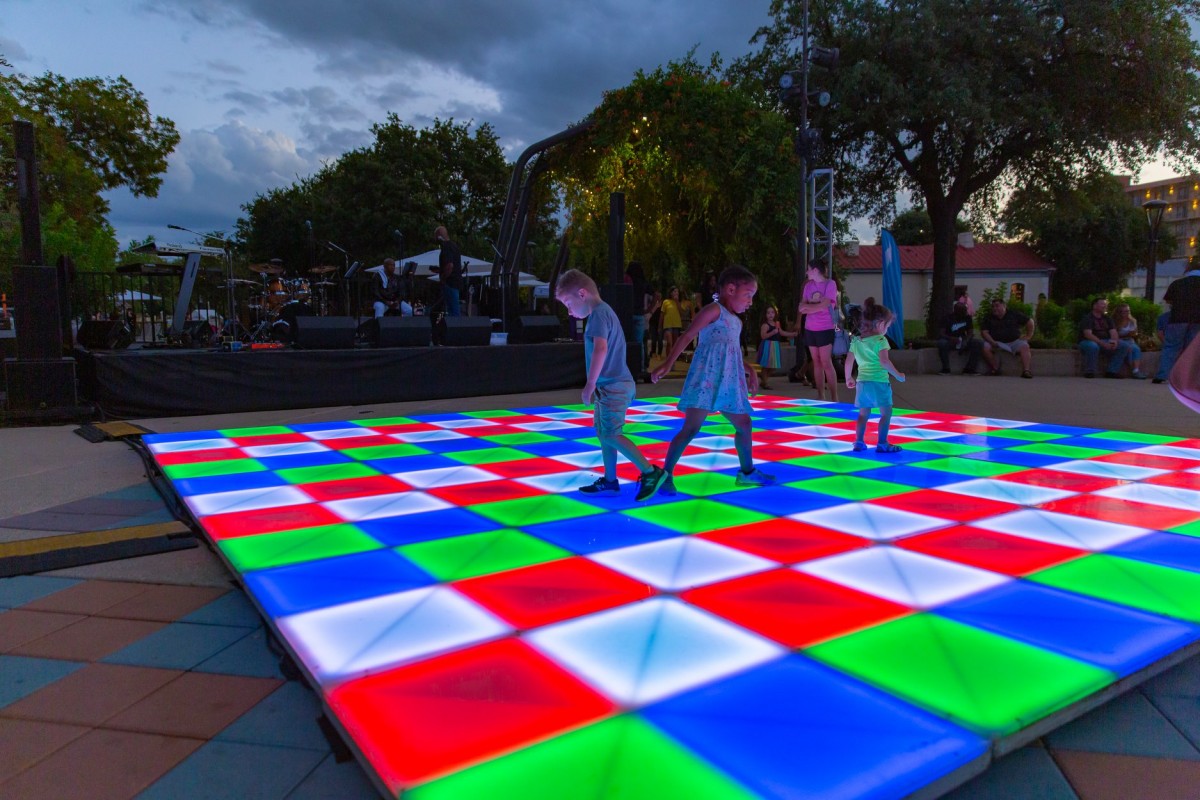Brightening Ingenuity Through Shade Theory within LED Dancing Platform Designs
Brightening Ingenuity Through Shade Theory within LED Dancing Platform Designs
Blog Article
Hue theory is a important aspect of design, particularly as it relates to designing light-emitting diode dance surfaces. The interplay of hues can greatly influence the atmosphere and vibe of a venue. Through understanding how colors work together, designers can create an environment that enhances the total experience for participants. This piece explores the fundamentals of hue theory and its application in LED dancing surface designs.
The main colors are red, azure, and golden. These hues cannot be made by mixing different hues combined. Intermediate hues, such as emerald, tangerine, and violet, are formed by combining main hues. Third-level hues are created by combining a main color with a secondary hue. Grasping these fundamental connections helps designers choose colors that complement one another and create a visually pleasing show. Mixing these colors on an LED dance floor can lead to vibrant and stimulating outcomes that attract the focus of participants.
Color temperature also plays a key part in aesthetics. Colors can be categorized as warm or chill. Warm colors, such as red, orange, and yellow, often to elicit emotions of enthusiasm and heat. In opposition, cool colors like blue, emerald, and violet typically generate a calm and soothing atmosphere. Creators can utilize these hue temperatures to establish the ambiance for various kinds of events. For instance, a party environment may gain from hot colors that energize the crowd, while a further calm occasion might use cool colors to offer a soothing influence.
In addition to color pairings and value, brightness and saturation are essential factors to take into account. Brightness refers to how bright or dark a color learn about this here now looks, while intensity indicates the intensity of a color. Vivid, intense colors can create a vibrant and energetic atmosphere, perfect for dance floors. On the other hand, gentler, lower saturated colors can create a further muted environment. By manipulating brightness and intensity, creators can draw attention to particular sections of the dance floor or establish visual routes, guiding site link participants through the venue.
Finally, it is essential to take into account the psychological effects of hue in light-emitting diode dance floor layouts. Various colors can elicit different emotions and responses. For instance, crimson is often associated with zeal and vitality, while blue can be soothing and peaceful. Grasping these associations allows creators to tactically use colors to affect the actions of dancers. By integrating hue theory into light-emitting diode dancing floor layouts, designers can enhance the overall experience, rendering it unforgettable and pleasurable for everyone involved.